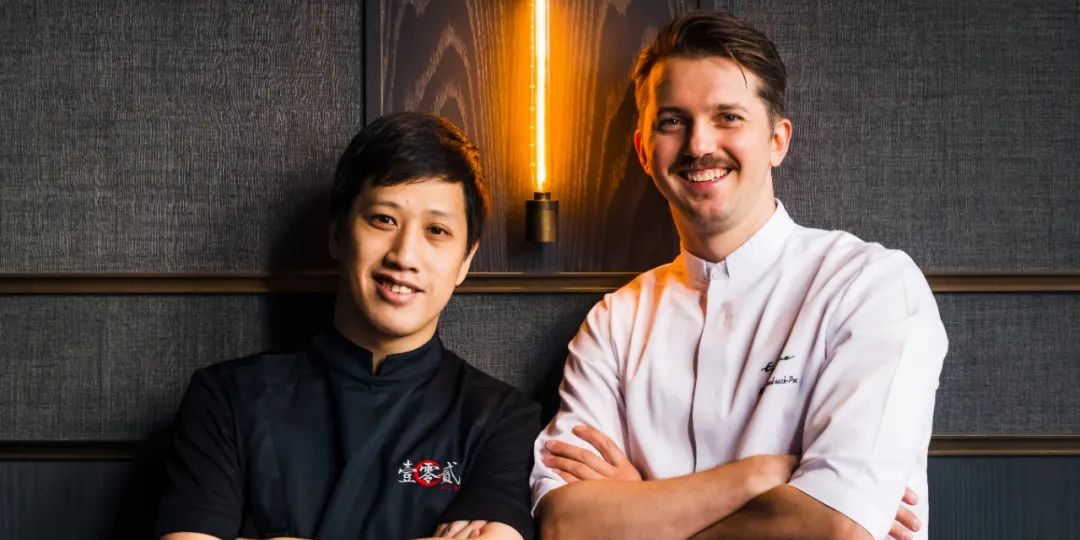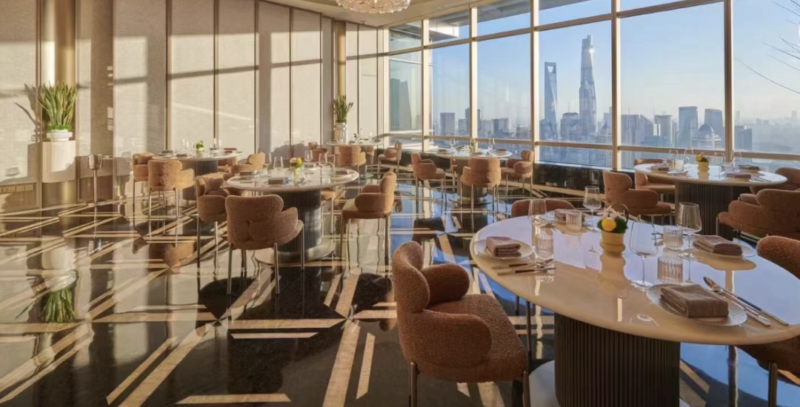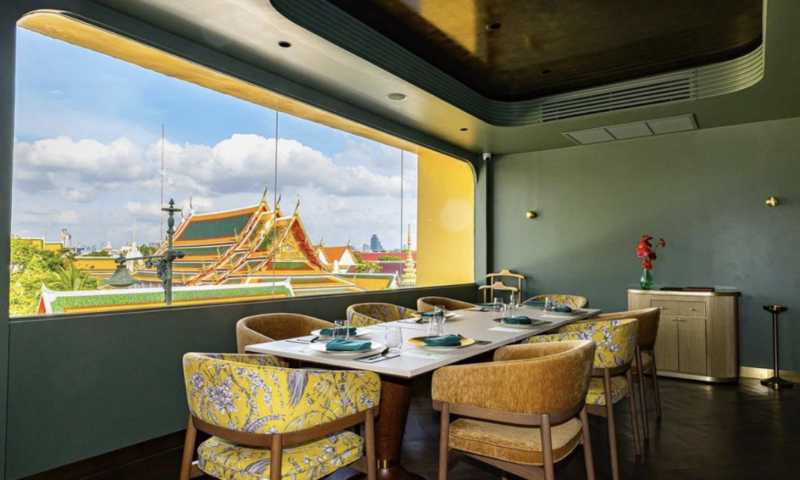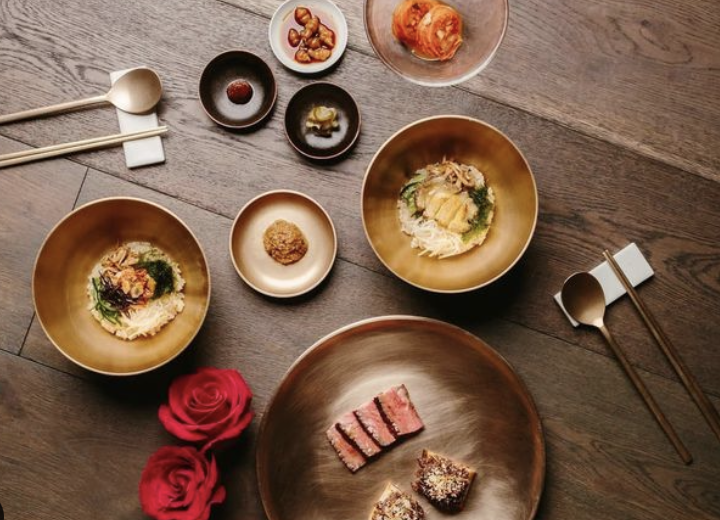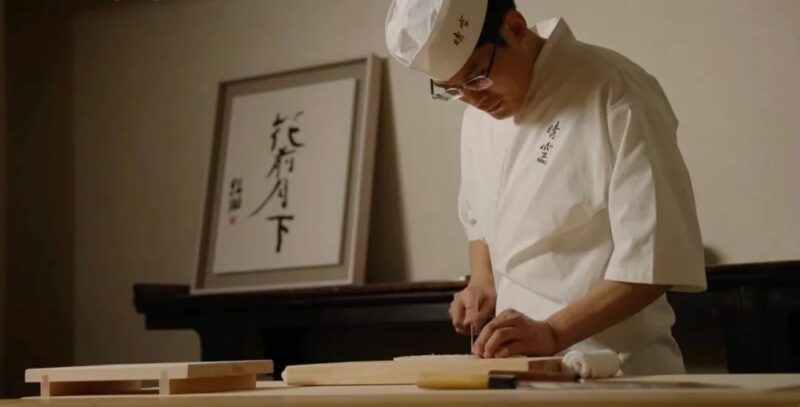Author:Jocelyn Chen
Four hands are a common marketing strategy because for one, it offers an opportunity to learn and broaden the chef’s knowledge and experience, and there could be potential opportunities to gain exposure in the different markets where the chefs are based. For another, it is a great opportunity for the team to learn from each other and generate new ideas, hence breaking the monotony. Hosting such events can be interesting and conducive for chefs of similar strength, but two much frequency can also be troublesome.



Before the pandemic, four hands were all the rage in the global fine dining scene. At the end of last year, I attended a four-hands dinner in Shenzhen teamed up by Chef Miles Pundsack Poe of Ensue and Chef Xu Jingye of 102 House, which totally reminded me of the significance of four-hands in all good ways.
In my experience, among just a few collaboration events that really impress, one of them is the six-hands dinner at Taïrroir in Taipei a few years ago with its two-starred Chef Kai Ho three-starred Julien Royer of Odette in Singapore and two-starred Hideaki Sato of Ta Vie in Hong Kong.
I don’t usually set my expectation high for collaboration dinners. The reason is that only restaurants like Noma has the resources to relocate their entire team to maintain the quality of their dishes and service. But most chefs travel alone, so without the support of their original team, it is often difficult for the guest chef to best showcase his/her repertoire.



The key to the success of the Taïrroir event in Taipei was the close relationship between the three chefs, who had already been mentor-friends with each other. Apart from designing and honing the menu with great structure and consistency, the three chefs also spent a week together before the event to explore local ingredients.
The unforgettable four-hands last year featured Chef Miles Pundsack Poe of Shenzhen’s Ensue and Chef Xu Jingye of the traditional Cantonese cuisine 102 House. Ensue Shenzhen is the first venture in China by three-starred American chef Christopher Kostow, and 102 House Foshan was awarded the Essence of Asia by Asia’s 50 Best Restaurants, among a total of only six listed restaurants from China.
Although coming from different backgrounds, the two chefs share the same emphasis on the original flavour of the food and the use of oriental cooking techniques to bring out the best in the ingredients.



At Ensue, Chef Miles approaches his dishes with a strong touch of Chaoshan flavours, applying farm-to-table philosophy and using almost 100% locally sourced ingredients. He and Xu Jingye admire each other for solid skills and distinctive culinary philosophy, which transcended cultural boundaries and orchestrated a delicious sonata of wonderful dishes at the dinner.
For example, 102 House’s signature dish, sweet and sour pork, was redesigned in collaboration with Ensue. Chef Miles sous vide the pork with lard before chargrilled it and paired with a side dish of palmito smoked with coffee grounds.The addition of Ensue’s fruit vinegar to Chef Xu’s sweet and sour sauce adds depth to the flavour. It is this kind of novelty that is the real meaning of the collaboration dinners.
I asked the two chefs about their first impressions of each other. Chef Xu said that the first time he tasted Miles’ food he thought Miles must be a Western chef who had spent a great deal of time in China and who had a very thorough understanding of Chaoshan cuisine. He said Miles is definitely a cooking genius. Miles says that 102 House Foshan is in fact his favourite Chinese restaurant. It seems naturally easier to team up with people that you really like.



Before the pandemic, there was a proliferation of chef collaborations, but they were more like competition rather than working together. I once attended a joint event involving seven or eight chefs, each cooking one dish. Guests could taste the work of several different chefs at the same time, but the whole dinner lacked dynamics and consistency, only a bare stacking of dishes.
Collaboration dinners are great opportunities to introduce chefs and their food to another market, but they can only be beneficial if the chefs embrace the dynamics of working with other cultures and truly appreciate each other’s work.
The four-hands at Ensue is an exchange between the East and the West. Thanks to the two chefs’ similar values on food and seamless collaboration, guests were able to experience the depth of their creation, rather than being mere recipients of a marketing activity.

Inspired by this collaboration, chef Xu incorporated self-made starawberry vinegar whose fermenting bacteria culture is provided by Ensue as a substitute for rice vinegar in the sweet and sour pork for his winter menu. This rearrangement adds layers to the dish.
In the fine dining industry, four-hands events that allow people to save time on travel and sample the skills of different chefs will continue to be popular in the future, but providing a good meal is still the ultimate rule of thumb. The four-hands by Ensue and 102 House has given me a renewed sense of the value of chef collaborations.
The article also published on United Daily News (UDN)
photo credit :Yeshi



